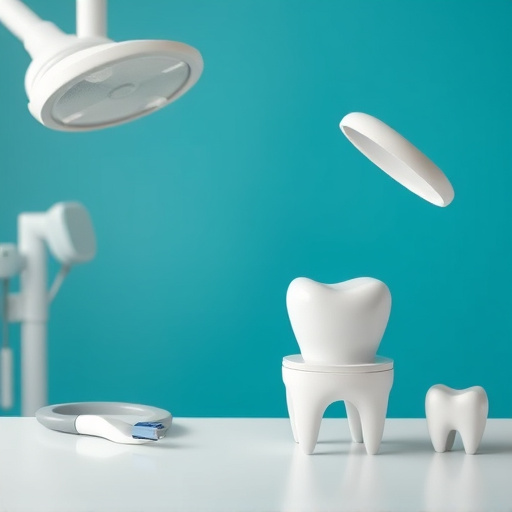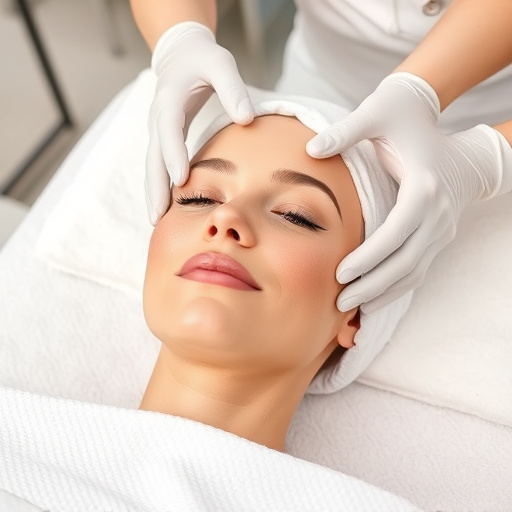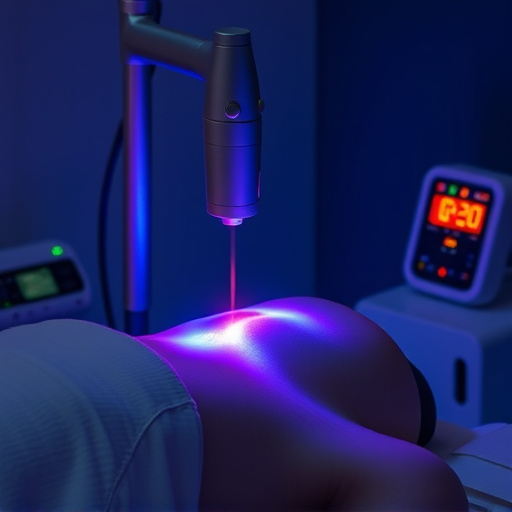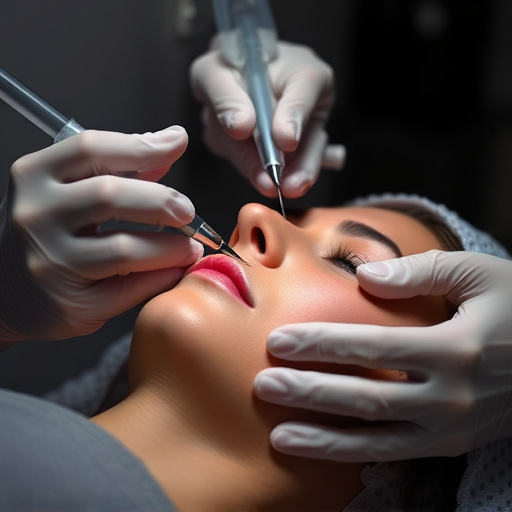Exfoliating facials enhance skin smoothness and brightness. Distinguish between natural and chemical exfoliants based on benefits and suitability for your skin type. At-home routines involve gentle cleansing, customized mask application, circular massage, rinsing, and post-care with tailored products.
Discover the transformative power of an exfoliating facial for a healthier, glowing complexion. This comprehensive guide explores the benefits of facial exfoliation in removing dead skin cells and enhancing skin texture. We’ll delve into the world of natural vs chemical exfoliants, offering insights to help you choose. Learn a step-by-step process for a safe and effective exfoliating facial at home, achieving that spa-like experience and revealing your skin’s true radiance.
- Understanding the Benefits of Facial Exfoliation
- Choosing Natural vs Chemical Exfoliants
- Step-by-Step Guide to a Safe and Effective Exfoliating Facial
Understanding the Benefits of Facial Exfoliation

Exfoliating your face is an essential step in any skincare routine. It involves removing dead skin cells from the surface to reveal smoother, brighter, and healthier-looking skin below. This process has numerous benefits for all skin types and concerns. Regular exfoliation can enhance product absorption, ensuring your moisturizer, serum, or anti-aging treatments work more effectively. By removing built-up grime and oil, it unclogs pores, reducing the risk of breakouts and minimizing their appearance over time.
Furthermore, chemical peels and personalized skincare routines benefit immensely from exfoliation. It prepares the skin by making it more receptive to active ingredients in your products. This is especially important for targeted treatments like chemical peels, which rely on removing the top layer of skin to stimulate regeneration. Understanding how exfoliation works and incorporating it into your regimen can take your personal skincare journey to new levels, leaving you with a radiant, youthful complexion.
Choosing Natural vs Chemical Exfoliants

When it comes to exfoliating your facial skin, there’s a world of options available, but understanding the difference between natural and chemical exfoliants is key. Natural exfoliants are derived from substances like sugar, salt, or fruit enzymes, which gently slough off dead skin cells. These ingredients are often preferred due to their gentle nature and lack of harsh chemicals, making them suitable for sensitive skin. Incorporating natural exfoliants into your exfoliating facial routine can be a soothing and nourishing experience, leaving your skin feeling smooth and revitalized.
On the other hand, chemical exfoliants use alpha hydroxy acids (AHAs) or beta hydroxy acids (BHAs) to chemically dissolve dead skin cells. While they may be more potent than their natural counterparts, they offer various benefits such as improving texture, reducing fine lines, and unclogging pores. Chemical peels, a form of chemical exfoliation, are often used in spa treatments and even professional procedures like laser hair removal or anti-aging treatments for more severe skin concerns. However, it’s essential to choose products carefully and consult professionals for guidance on the right type of exfoliant based on your skin type and specific goals.
Step-by-Step Guide to a Safe and Effective Exfoliating Facial

Performing a exfoliating facial is an excellent way to reveal smoother, brighter skin. Here’s a step-by-step guide for a safe and effective at-home treatment using natural and chemical ingredients suitable for various skin types. Start by cleansing your face with a gentle cleanser to remove any dirt or makeup. Next, apply a layer of a customized facial mask designed for exfoliation, focusing on problem areas like acne or uneven skin tone. Allow the mask to sit for a few minutes, giving it time to work its magic.
While the mask is on, gently massage your face in circular motions using a soft cloth soaked in warm water. This step helps to loosen dead skin cells and enhance blood circulation. Once the mask has dissolved, rinse your face thoroughly with cool water to close your pores. For personalized skincare, follow up with an acne treatment serum or moisturizer suited to your specific needs.
An exfoliating facial is a powerful tool for achieving healthy, radiant skin. By understanding the benefits of regular facial exfoliation and knowing how to choose between natural and chemical exfoliants, you can select the best method for your skincare routine. Following a step-by-step guide ensures a safe and effective process, allowing you to unlock your skin’s full potential and reveal a brighter, smoother complexion. Incorporate an exfoliating facial into your regimen for a transformative experience that will leave your skin feeling refreshed and revitalized.














